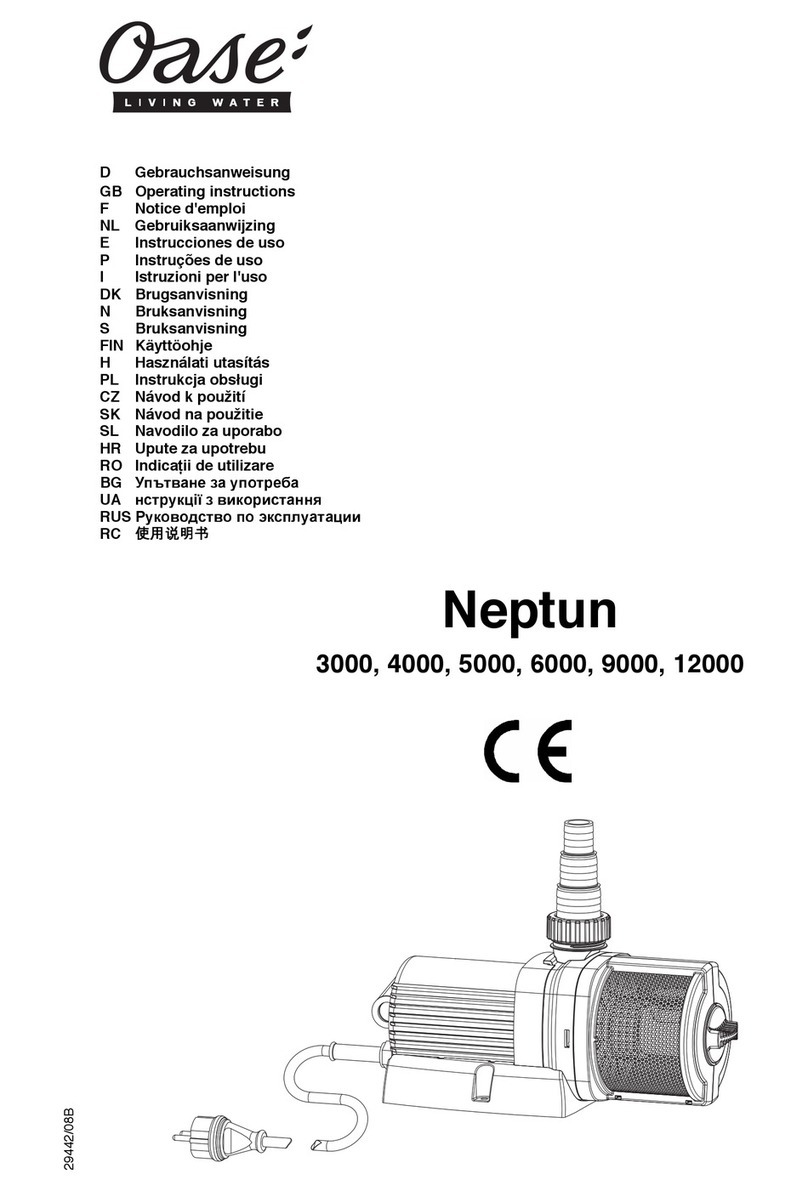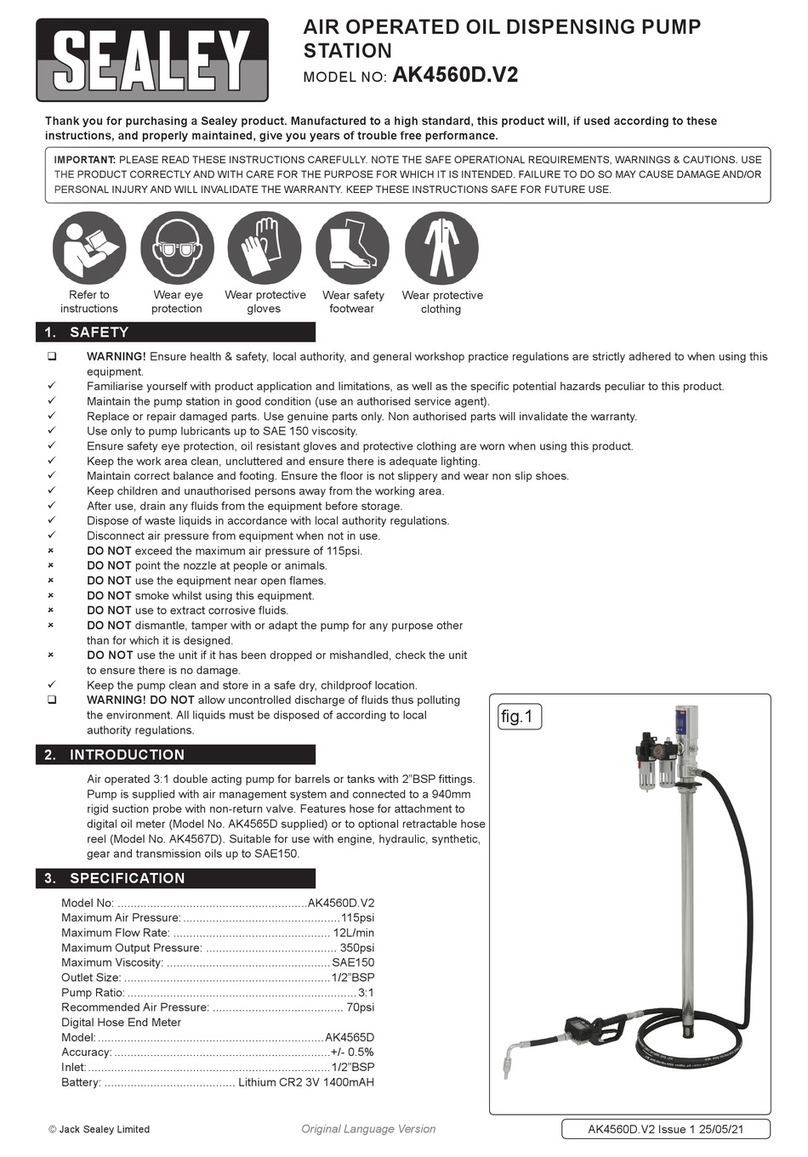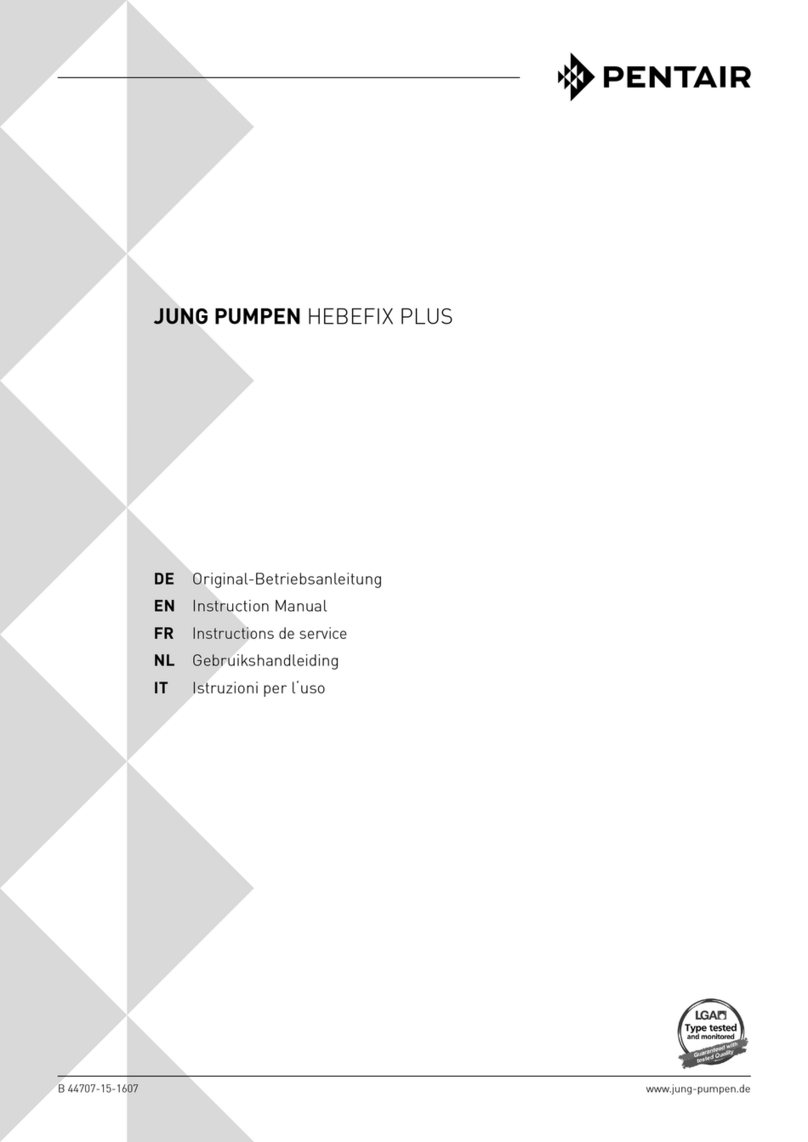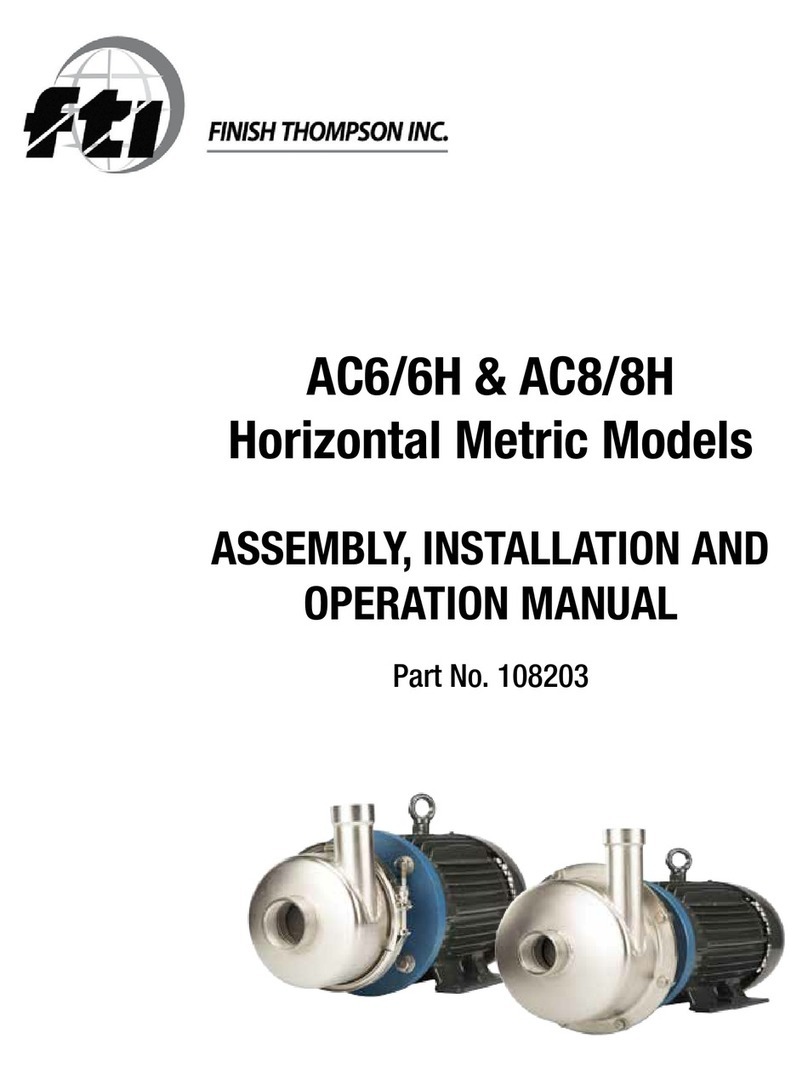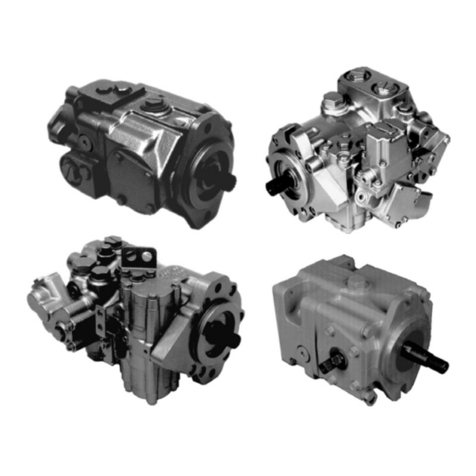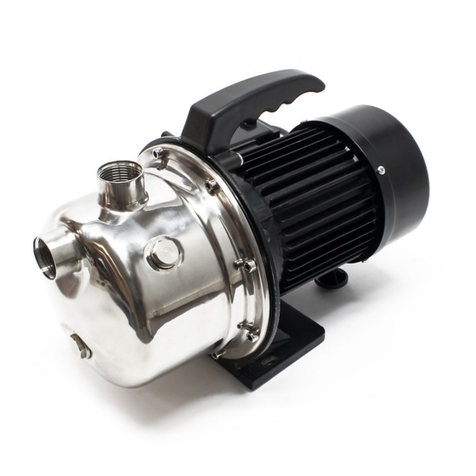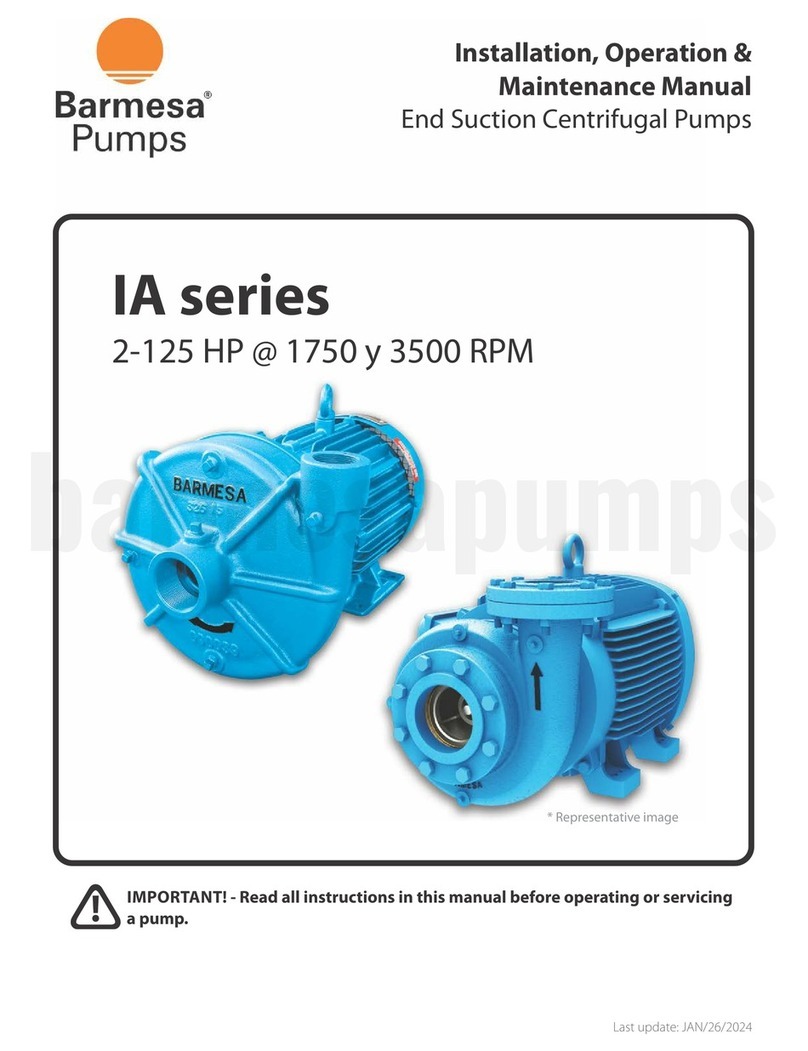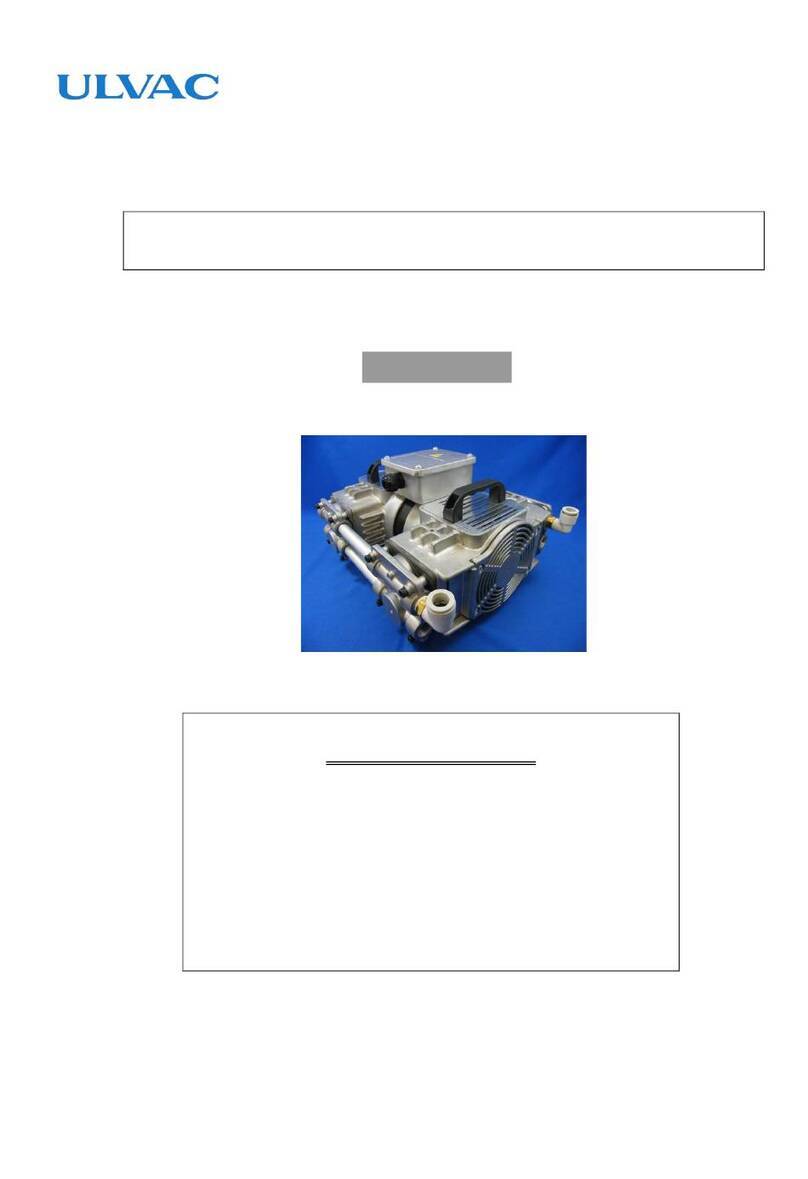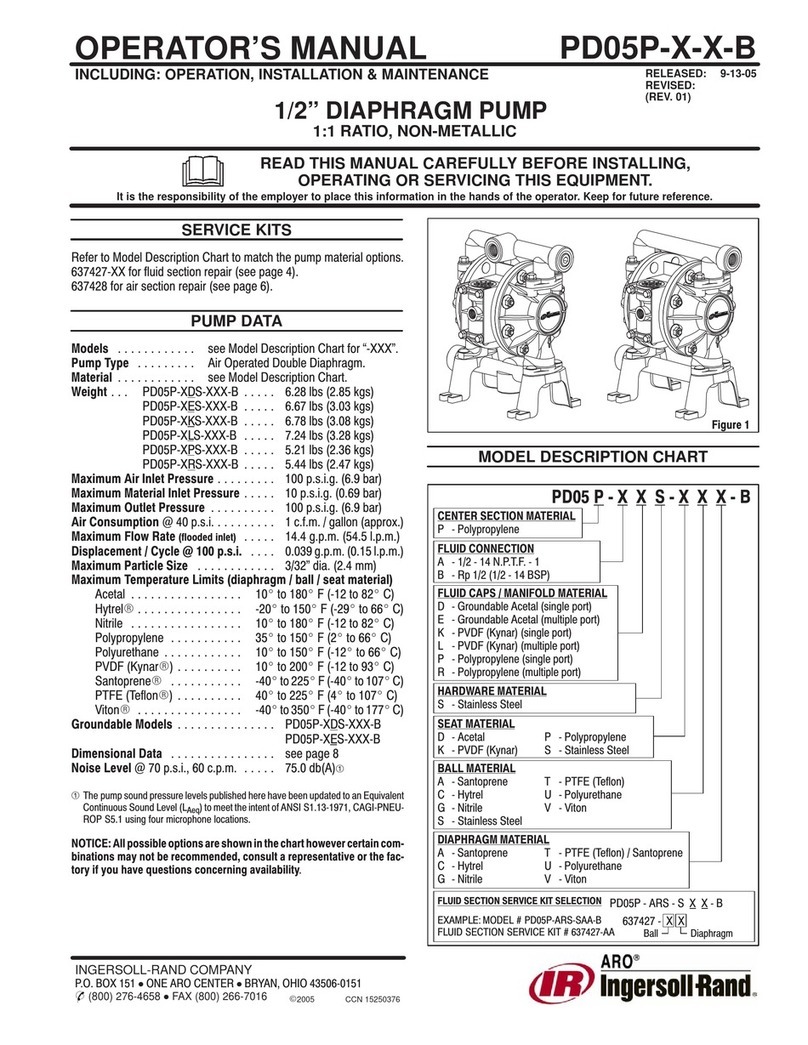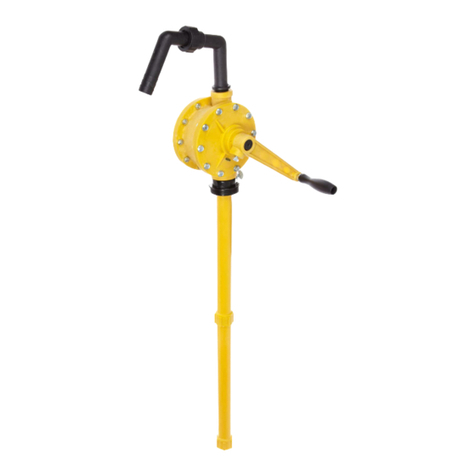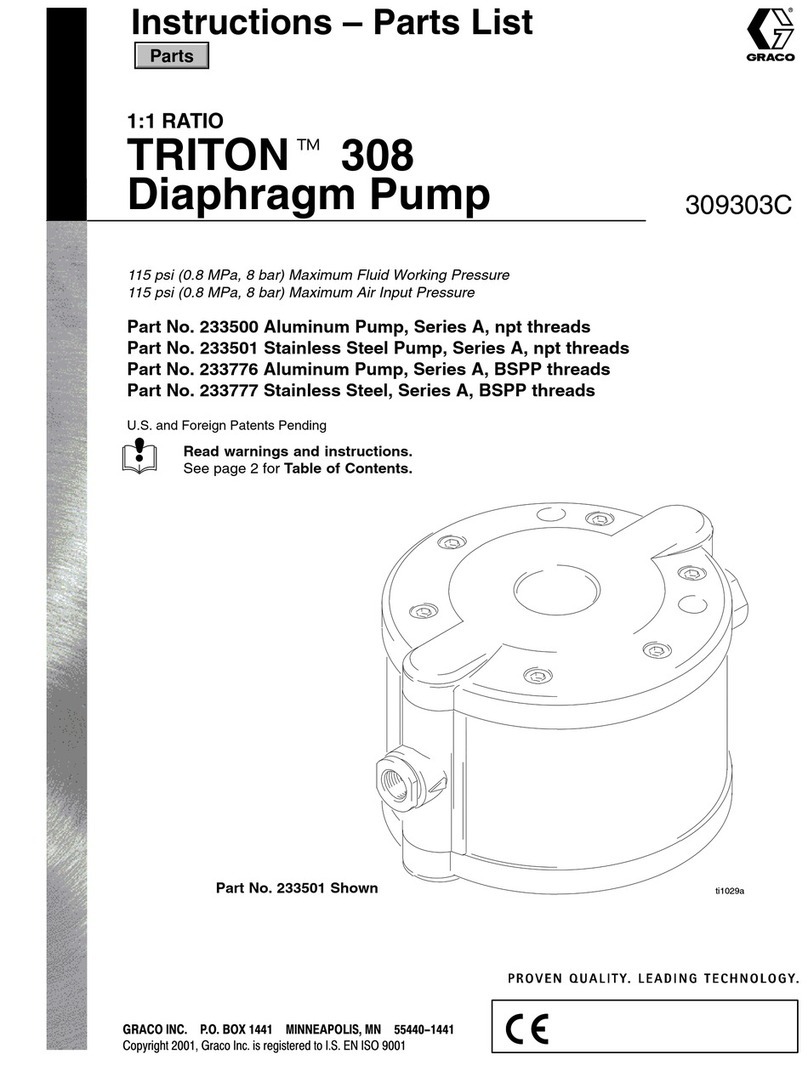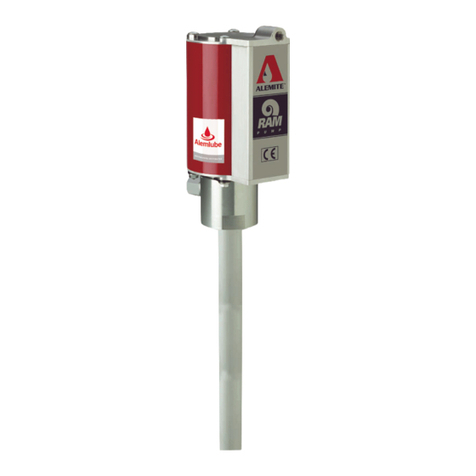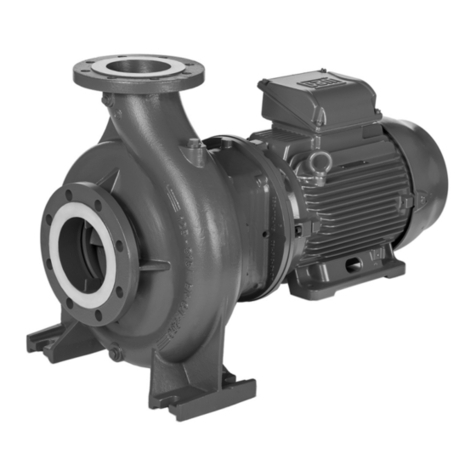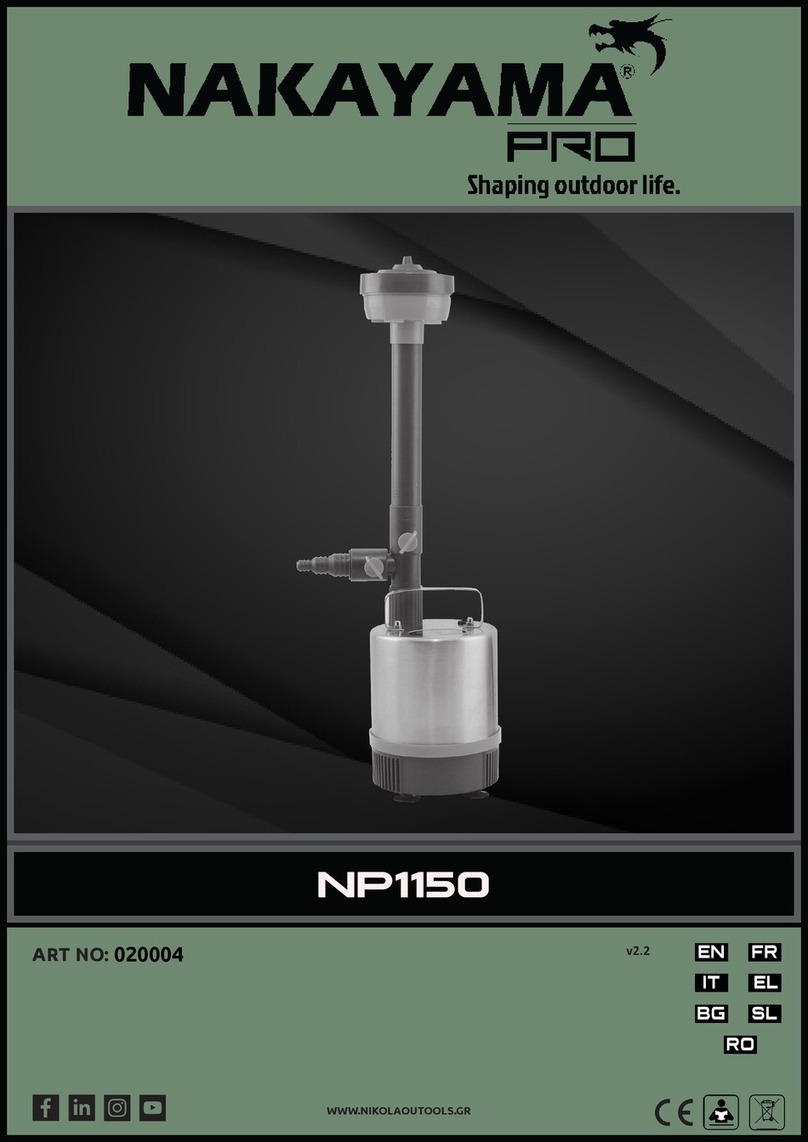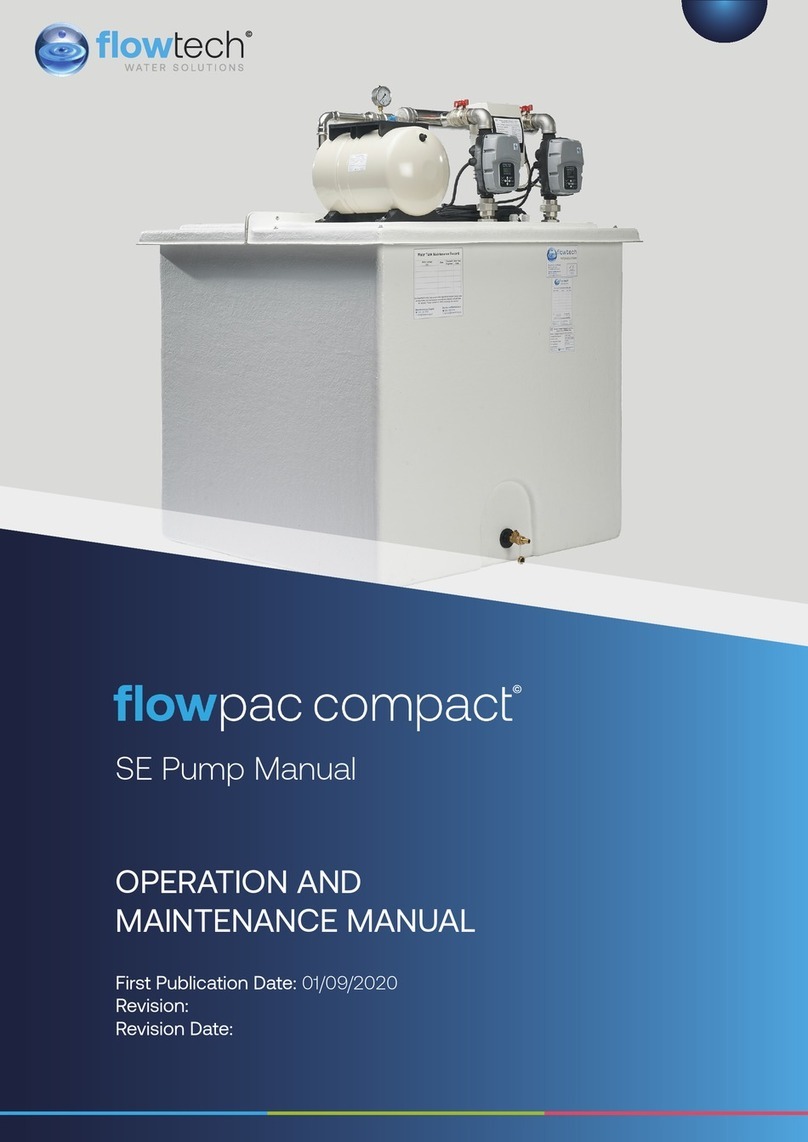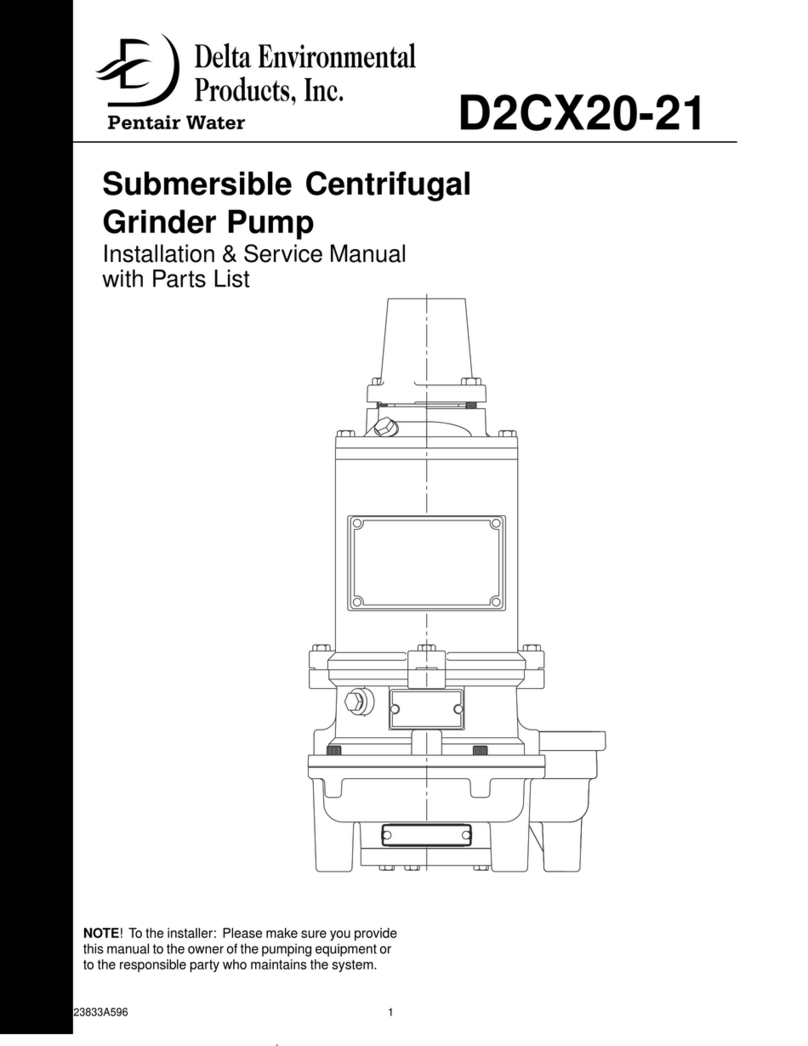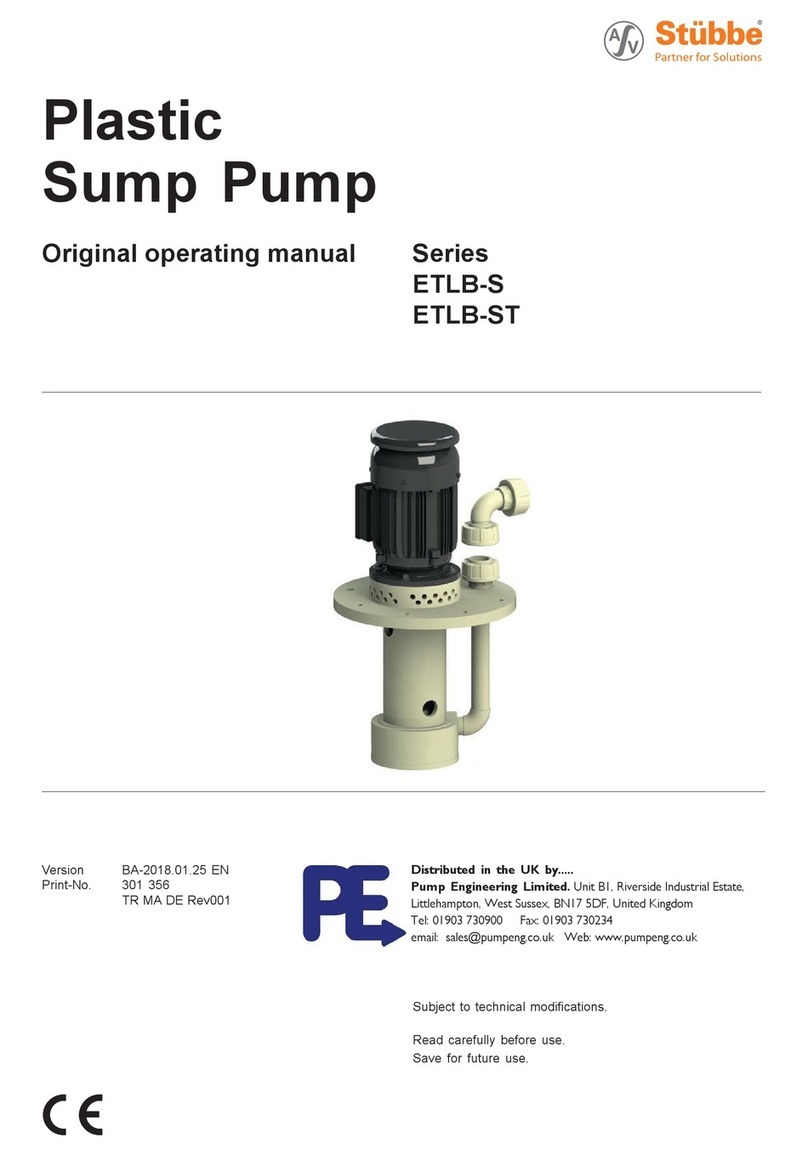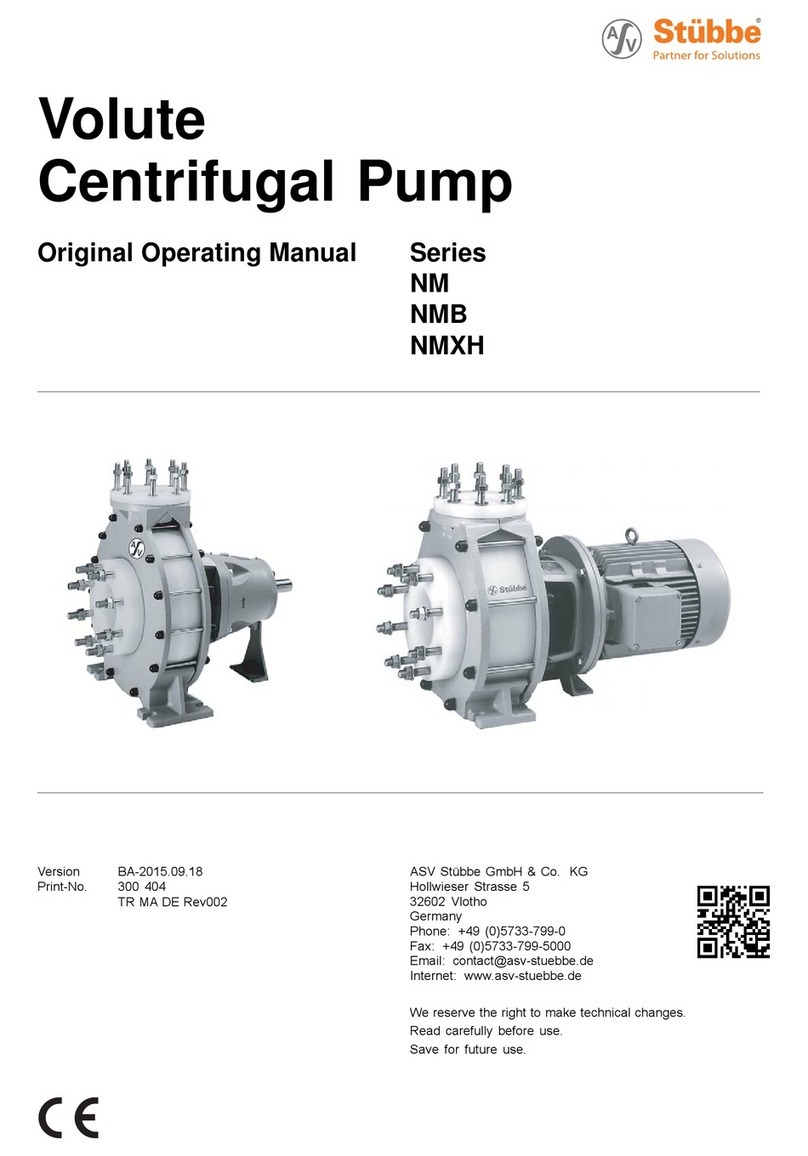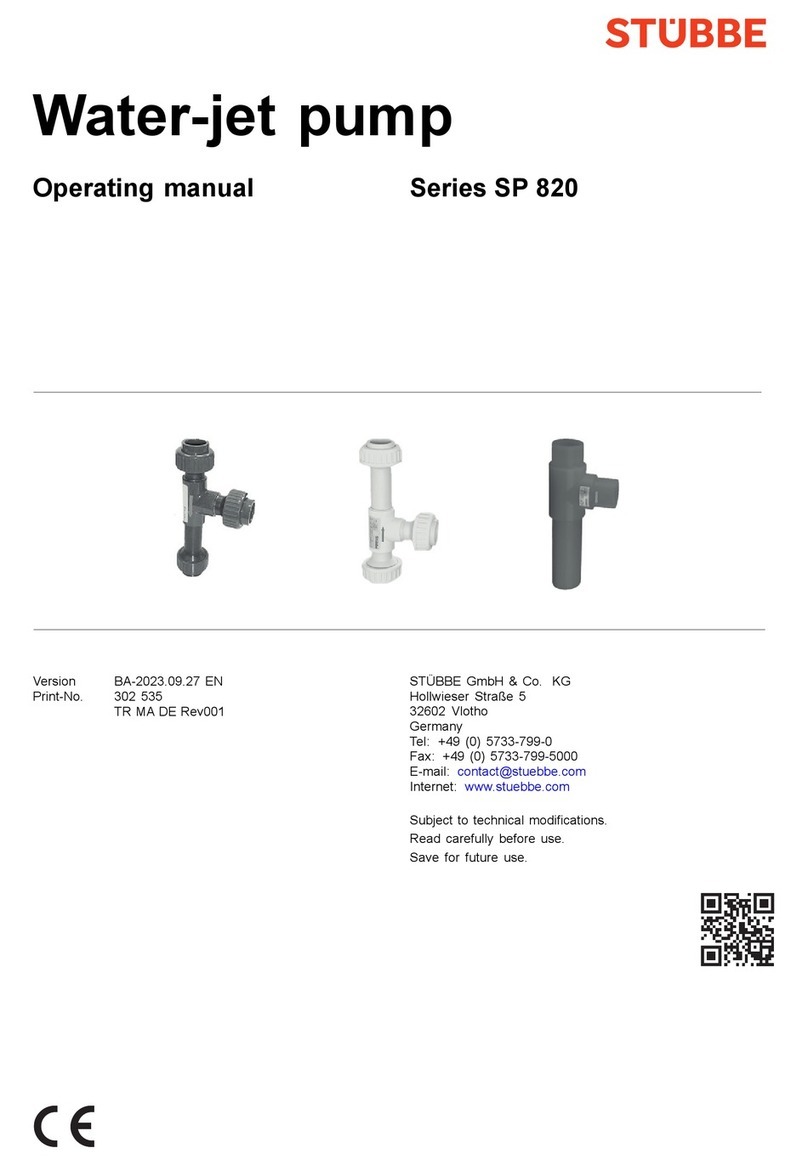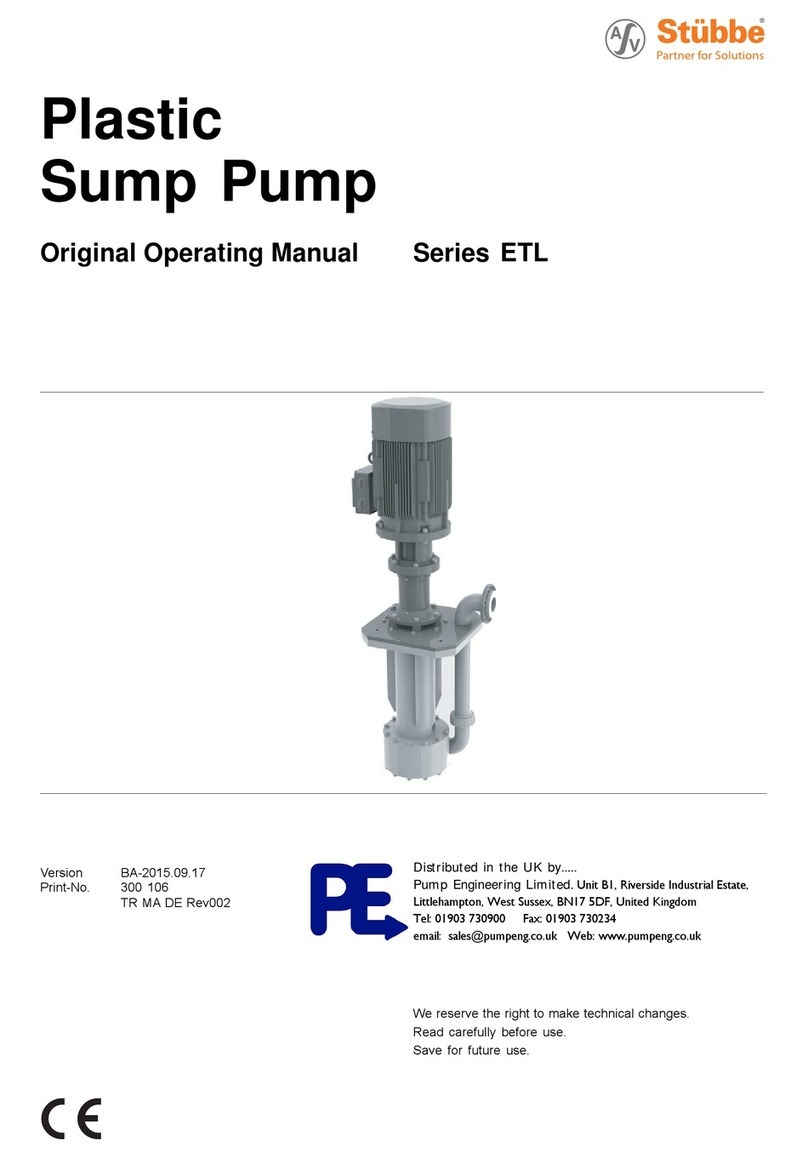
Table of contents
Table of contents
1 About this document ............................... 4
1.1 Target groups ................................. 4
1.2 Other applicable documents ................ 4
1.3 Warnings and symbols ....................... 5
2 General safety instructions ....................... 6
2.1 Intended use .................................. 6
2.2 General safety instructions .................. 6
2.2.1 Product safety ................................ 6
2.2.2 Obligations of the operating company ...... 7
2.2.3 Obligations of personnel ..................... 7
2.3 Specific hazards .............................. 8
2.3.1 Hazardous pumped liquids .................. 8
2.3.2 Potentially explosive atmospheres ... .... .. . 8
2.3.3 Magnetic field ................................. 8
3 Layout and Function ............................... 9
3.1 Marking ....................................... 9
3.1.1 Name plate ................................... 9
3.1.2 ATEX type plate .............................. 9
3.2 Description .................................... 10
3.3 Assembly ..................................... 11
3.4 Shaft seals .................................... 11
3.4.1 Magnetic coupling ............................ 11
4 Transport, Storage and Disposal ................. 12
4.1 Transport ...................................... 12
4.1.1 Unpacking and inspection on delivery .. .. .. 12
4.1.2 Lifting .......................................... 13
4.2 Storage ....................................... 13
4.3 Disposal ....................................... 13
5 Installation and connection ....................... 14
5.1 Preparing for installation ..................... 14
5.1.1 Check operating conditions ................. 14
5.1.2 Preparing the installation site ............... 14
5.1.3 Prepare foundation and surface ............ 14
5.2 Installing with foundation .................... 15
5.2.1 Place pump unit on the foundation .. .. .. .. . 15
5.2.2 Attaching pump unit .......................... 15
5.3 Planning pipelines ............................ 15
5.3.1 Specifying supports and flange
connections ................................... 15
5.3.2 Specifying nominal widths ................... 15
5.3.3 Designing pipelines .......................... 15
5.3.4 Specifying pipe lengths ...................... 16
5.3.5 Provide self-priming container .............. 16
5.3.6 Optimizing changes of cross section and
direction ....................................... 16
5.3.7 Providing safety and control devices
(recommended) .............................. 16
5.4 Connecting the pipes ........................ 17
5.4.1 Keeping the piping clean .................... 17
5.4.2 Installing suction pipe ........................ 17
5.4.3 Installing the pressure pipe .................. 17
5.4.4 Inspection for stress-free pipe
connections ................................... 17
5.5 Electrical connection ......................... 17
5.5.1 Connecting the motor ........................ 17
5.5.2 Check direction of rotation ................... 17
5.6 Performing the hydrostatic test .............. 17
6Operation............................................ 18
6.1 Preparing for commissioning ................ 18
6.1.1 Check downtimes ............................ 18
6.1.2 Filling and bleeding .......................... 18
6.1.3 Check direction of rotation ................... 18
6.2 Commissioning ............................... 18
6.2.1 Switching on .................................. 18
6.2.2 Switching off .................................. 19
6.3 Shutting down the pump ..................... 19
6.4 Restoring the pump to service .............. 20
6.5 Operating the stand-by pump ............... 20
7 Maintenance ......................................... 21
7.1 Inspections ................................... 21
7.2 Servicing ...................................... 21
7.2.1 Maintenance in accordance with maintenance
schedule ...................................... 22
7.2.2 Cleaning the pump ........................... 22
7.2.3 Check wear limits ............................ 22
7.3 Dismounting .................................. 22
7.3.1 Preparations for dismounting ................ 23
7.3.2 Dismantling SHM 20-15 ..................... 23
7.3.3 Dismantling SHM 40-40 to 65-50 ........ .. . 24
7.3.4 Dismantling of coupling housing ........ .. .. 24
7.4 Replacement parts and return .............. 24
7.5 Installing ...................................... 25
8 Troubleshooting .................................... 26
9 Appendix ............................................. 29
9.1 Replacement parts ........................... 29
9.1.1 Part numbers and designations ....... .. .. .. 29
9.1.2 Drawing SHM 20-15 ......................... 30
9.1.3 Drawing SHM 40-40 to 65-50 ............... 31
9.2 Technical specifications ...................... 32
9.2.1 Ambient conditions ........................... 32
9.2.2 Wear limits .................................... 32
9.2.3 Flange tightening torques ................... 32
9.2.4 Tightening torques of casing screws .... .. .. 32
9.2.5 Volumetric flow of liquid medium - minimum
flow rate ....................................... 32
9.2.6 Sound pressure level ........................ 33
9.2.7 Switching frequency ......................... 33
9.2.8 Minimum flow rate ............................ 33
9.3 Maintenance schedule ....................... 34
9.4 Declaration of conformity in accordance with
EC machinery directive ...................... 35
2 SHM BA-2018.08.21 EN 300 092




















